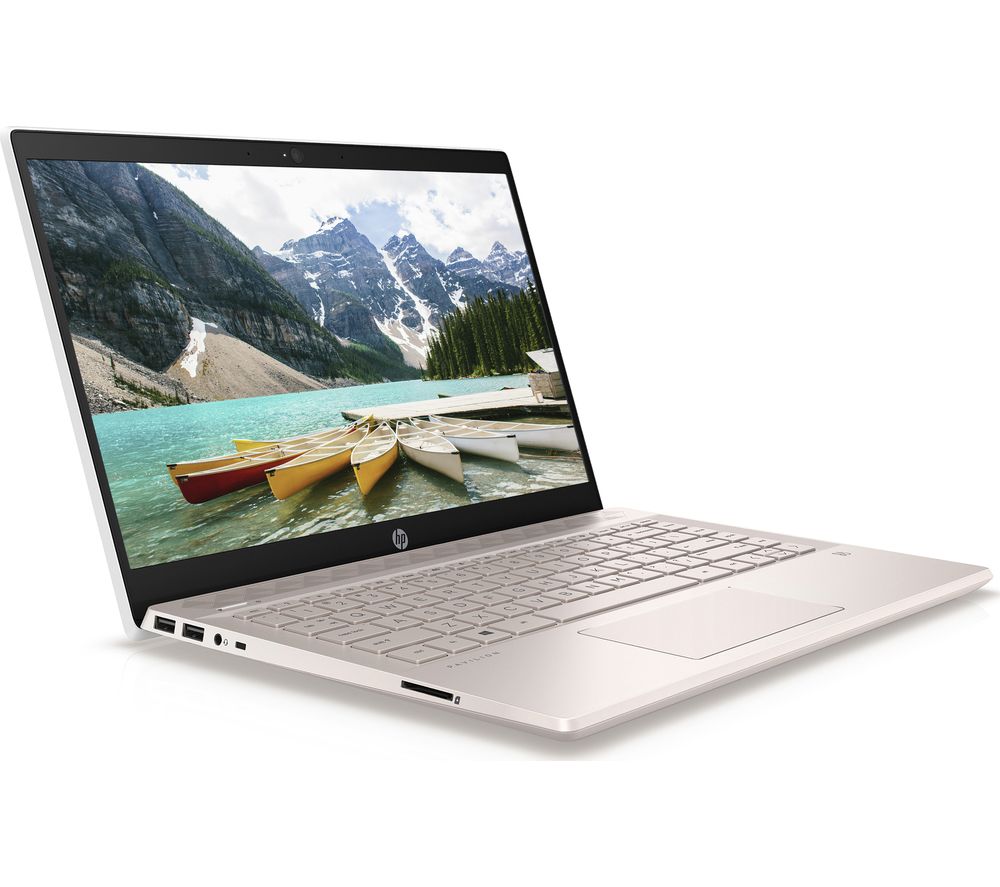HP Pavilion 14-ce3511na 14″ Laptop – Intel® Core™ i5, 512 GB SSD, White & Rose Gold
Windows 10. Intel® Core™ i5-1035G1 Processor. Memory: 8 GB RAM / 32 GB Intel® Optane™. Storage: 512 GB SSD. Full HD screen.
Whether you’re working on a project, binge-watching a boxset or browsing social media, the HP Pavilion 14-ce3511na 14″ Laptop lets you do it all. Featuring an Intel® Core™ i5 processor and Intel® Optane™, it can easily handle your day-to-day tasks.
With an elevated keyboard and a smooth metal finish, it’s designed to keep you comfortable. The IPS display delivers vivid colours, sharp contrasts and wide viewing angles. And because the frame around the display is super thin, you’ll be able to view your media without distraction.
See your loved ones in crystal-clear detail with the HD webcam. The wide-angle lens lets you fit in the whole family.
Stay powered up
The HP Pavilion 14-ce3511na has a super long battery life that lasts over 10 hours, so you’ll be able to get through the entire work day and still have some power left over.
And when you do get low on power, Fast Charge gives you a 50% charge in just 45 minutes.
Amazon Alexa
Typing and clicking is almost a thing of the past as Alexa’s skills grow. Manage your home, listen to music get your morning news without touching the keyboard.
Microsoft Office & internet security
If you use Word or PowerPoint all the time at work or school, you’ll probably want it on your laptop at home. Click on the Bundles tab above for a great deal on Microsoft Office. Want to protect yourself against viruses? We’ve got you covered with deals on internet security too.
Additional information
| Dimensions | 17.9 x 326.8 x 225.5 mm (H x W x D) |
|---|---|
| Weight | 1.6 kg |
| Manufacturer’s guarantee | 1 year |
| Software | * Full version of Microsoft Office not included – McAfee LiveSafe (30 day trial) |






by Stephen
Light weight, good looks.
by Chloe
Very light laptop and excellent battery life. Everything is really quick and it’s perfect for what I need.
by Rob
Was dreading setting it up but was very easy, done it all for me, great value for money.
by Andrew
Nice size and quick.